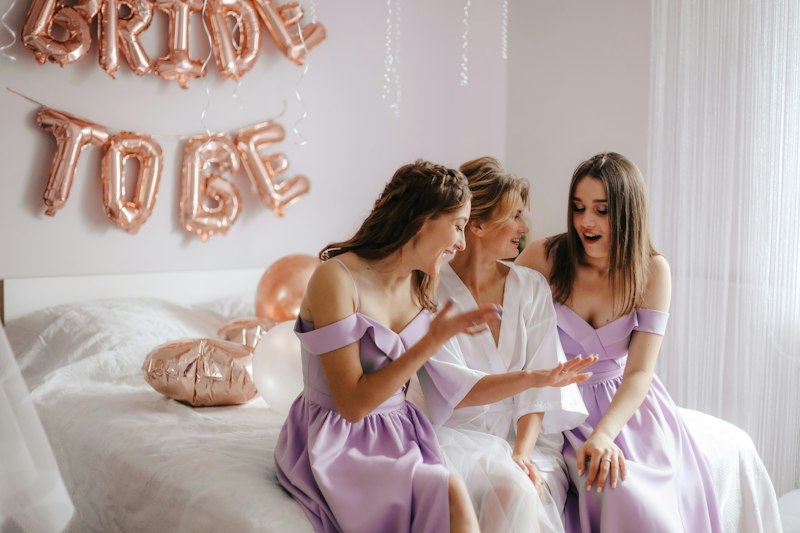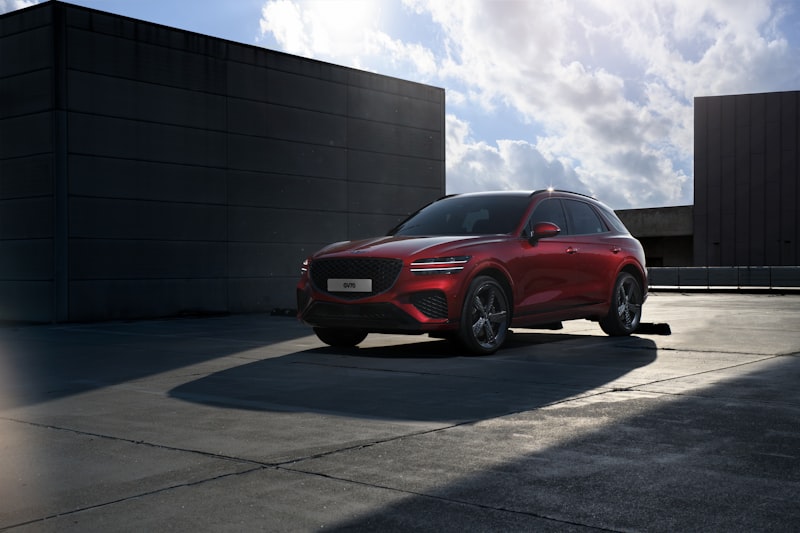Article:
Have you ever wondered which country boasts the biggest breasts? It’s a question that tickles the curiosity of many. While it may seem like a lighthearted inquiry, let’s delicately explore this topic with an open mind and respect for cultural diversity.
When it comes to breast size, it’s important to note that there is no universal standard or definitive answer. Human bodies come in all shapes and sizes, and beauty lies in the eyes of the beholder. However, if we consider statistics and popular perceptions, some countries have become associated with the notion of having larger busts.
One country that often surfaces in discussions about breast size is the United States. With its media dominance and influence on global pop culture, it’s not surprising that American women are sometimes perceived as having larger breasts. However, it’s crucial to remember that such generalizations can be misleading and perpetuate stereotypes.
Moving across continents, Brazil is another country where curvaceous figures are celebrated. Brazilian culture embraces body confidence, and women are often praised for their voluptuousness. However, it’s worth noting that beauty ideals can vary even within a country, and diverse body types exist among the population.
In Europe, countries such as Sweden and Russia are occasionally associated with larger breast sizes. These perceptions might stem from the prominence of models and actresses from these regions who conform to traditional standards of beauty. Yet, it’s essential to acknowledge that individual variations exist within any given population.
It’s important to approach this subject with sensitivity and recognize that beauty is subjective. The desire to compare breast sizes across different countries can inadvertently fuel body-image concerns and perpetuate unrealistic beauty standards. We should celebrate and embrace the diversity of body shapes and sizes, appreciating beauty in all its forms.
While it may be intriguing to ponder which country has the biggest breasts, it’s crucial to remember that such discussions should be approached with respect and an emphasis on body positivity. Beauty exists in a multitude of ways, and it is not limited to any specific geographical location.
Breaking Stereotypes: Celebrating Body Diversity Around the World
Are you tired of the same old beauty standards dictating how we should look and feel about our bodies? It’s time to break free from these stereotypes and embrace body diversity around the world. In this article, we will explore how different cultures celebrate and appreciate bodies of all shapes and sizes.
One example of a culture that celebrates body diversity is Mauritania, a country in North Africa. Here, being curvy is considered a symbol of beauty and wealth. In contrast to Western ideals, Mauritanian women engage in a practice called “gavage,” where young girls are encouraged to eat excessively to gain weight. This tradition challenges the notion that only thin bodies are beautiful and demonstrates a different perspective on body image.
In Fiji, an island nation in the South Pacific, there has been a significant shift in beauty standards over the years. Traditionally, Fijians valued a larger body size as a sign of health and vitality. However, with the introduction of Western media, particularly through television shows and magazines, the perception of beauty started to change. Western ideals of thinness became more prevalent, leading to body dissatisfaction and disordered eating behaviors among Fijian women. Nevertheless, there has been a recent push to reclaim their cultural values and promote body positivity.
Moving to Brazil, we encounter a culture that embraces and celebrates bodies of all shapes and sizes. The annual Carnival festival is a prime example of this celebration. During this vibrant event, people of diverse body types don colorful costumes and dance in the streets, showcasing their unique beauty. The Brazilian concept of “beleza” goes beyond physical appearance and emphasizes self-expression and confidence.
As we can see, different cultures have their own perspectives on body diversity, challenging the narrow beauty standards imposed by society. By celebrating and embracing these differences, we can foster a more inclusive and accepting environment for everyone. So, let’s break free from stereotypes and celebrate the beauty of body diversity around the world!
From Beauty Standards to Body Acceptance: Shifting Perspectives Globally
Introduction:
Have you ever wondered how beauty standards have evolved over time? In the past, society often dictated strict rules about what was considered beautiful, often leading to unrealistic expectations and a negative impact on individuals’ self-esteem. However, in recent years, there has been a remarkable shift towards body acceptance. This article explores the journey from unattainable beauty ideals to embracing diverse bodies and the global impact of this transformation.
The Power of Media in Shaping Beauty Standards:
Media plays a significant role in shaping beauty standards worldwide. For decades, magazines, advertisements, and social media platforms bombarded us with images of airbrushed models and flawless celebrities. These artificially altered portrayals created an unattainable standard of beauty, leaving many feeling inadequate. However, as people began to question these unrealistic ideals, a powerful movement advocating for body acceptance emerged.
Embracing Diversity and Challenging Conventional Beauty Norms:
One of the most transformative aspects of the shift towards body acceptance is the celebration of diversity. People are no longer expected to conform to a single ideal of beauty. Instead, society is embracing different body shapes, sizes, colors, and features. This inclusive mindset promotes self-love and acceptance, encouraging individuals to feel comfortable in their own skin.
Global Impact and Changing Cultural Perspectives:
The movement towards body acceptance is not limited to a specific region or culture but has gained momentum globally. Countries around the world are challenging traditional beauty norms and promoting more realistic representations of beauty. This change is empowering individuals to break free from societal pressures and embrace their unique attributes.
The Role of Influencers and Activists:
Influencers and activists have played a pivotal role in driving the shift towards body acceptance. They use their platforms to promote positive body image, encourage self-acceptance, and challenge harmful beauty standards. Through candid discussions, personal stories, and inspirational content, these influential individuals are reshaping the way society perceives beauty.
Conclusion:
The journey from beauty standards to body acceptance is a remarkable one. Society is gradually moving away from unattainable ideals and embracing the beauty found in diversity. This global shift has been fueled by media awareness, a celebration of unique attributes, changing cultural perspectives, and the efforts of influencers and activists. As we continue to challenge conventional norms, it is crucial to promote body acceptance and foster a more inclusive and compassionate world.
Promoting Body Positivity: Embracing All Shapes and Sizes
Are you tired of feeling self-conscious about your body? It’s time to embrace body positivity and celebrate all shapes and sizes! In a world that constantly bombards us with unrealistic beauty standards, promoting body positivity has become more important than ever.
So, what exactly is body positivity? It’s a movement that encourages individuals to love and accept their bodies, regardless of societal norms. It’s about embracing diversity and recognizing that beauty comes in all forms. Body positivity isn’t just about physical appearance; it’s also about fostering a positive relationship with your body and prioritizing self-care and self-acceptance.
The media often portrays a narrow definition of beauty, leading many people to feel inadequate or insecure. But it’s crucial to remember that there is no one “ideal” body shape or size. We are all unique, and that’s what makes us beautiful. By promoting body positivity, we can challenge these unrealistic standards and create a more inclusive and accepting society.
One way to promote body positivity is through representation. It’s essential for media outlets, fashion brands, and advertisers to showcase a diverse range of bodies in their campaigns. When individuals see people who look like them being celebrated, it can help boost their self-esteem and instill a sense of belonging.
Education also plays a vital role in promoting body positivity. By teaching children and young adults about body diversity and the harmful effects of body shaming, we can empower them to develop a healthy body image. Schools and communities can organize workshops and discussions that encourage open dialogue about body positivity and self-acceptance.

Furthermore, social media has emerged as a powerful platform for promoting body positivity. Influencers and activists have utilized these platforms to share their stories, advocate for inclusivity, and inspire others to embrace their bodies. Through hashtags like #BodyPositivity and #LoveYourself, individuals can connect with a supportive online community and find encouragement in their journey towards self-acceptance.
Promoting body positivity is crucial for creating a more inclusive and accepting society. It’s about embracing all shapes and sizes, challenging unrealistic beauty standards, and fostering a positive relationship with our bodies. By advocating for representation, promoting education, and utilizing the power of social media, we can make significant strides towards a world where everyone feels comfortable and confident in their own skin.
The Rise of Body Confidence Movements: Empowering Individuals Everywhere
Are you tired of feeling insecure about your body? Do you want to break free from societal beauty standards and embrace your uniqueness? Well, you’re not alone. The rise of body confidence movements is empowering individuals everywhere, inspiring a wave of self-love and acceptance.

In today’s world, where unrealistic beauty ideals are constantly promoted, body confidence movements have emerged as a powerful force. These movements encourage people to celebrate their bodies in all shapes, sizes, and forms. They aim to challenge the narrow definition of beauty perpetuated by the media and redefine what it means to be truly confident.
One of the key drivers behind the popularity of these movements is social media. Platforms like Instagram and TikTok have given a voice to individuals who were previously marginalized or underrepresented in mainstream media. Through hashtags such as #bodypositivity and #selflove, people are sharing their stories, experiences, and journeys towards self-acceptance. This sense of community and support has created a safe space for individuals to express themselves authentically without fear of judgment.
The body confidence movements also emphasize that beauty comes in all shapes and sizes. They promote inclusivity and challenge the notion that there is only one ideal body type. By featuring diverse models and influencers, these movements advocate for representation and showcase that beauty is not limited to a particular mold.
Moreover, these movements encourage individuals to prioritize mental and emotional well-being over physical appearance. They remind us that true confidence stems from self-acceptance, self-care, and self-love. Instead of fixating on our perceived flaws, we are encouraged to appreciate our bodies for what they can do and how they make us feel.
The rise of body confidence movements is transforming the way we perceive ourselves and others. They inspire us to embrace our bodies, reject unrealistic beauty standards, and foster a culture of acceptance and love. So, let’s join this empowering movement and celebrate the uniqueness and beauty that resides within each and every one of us.